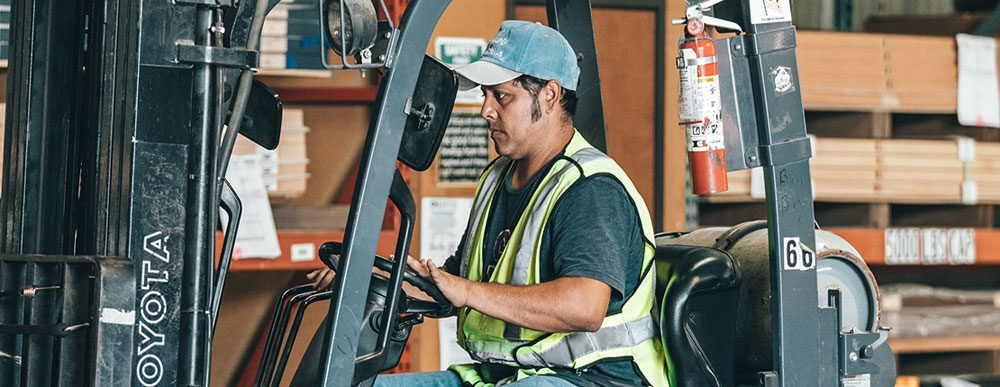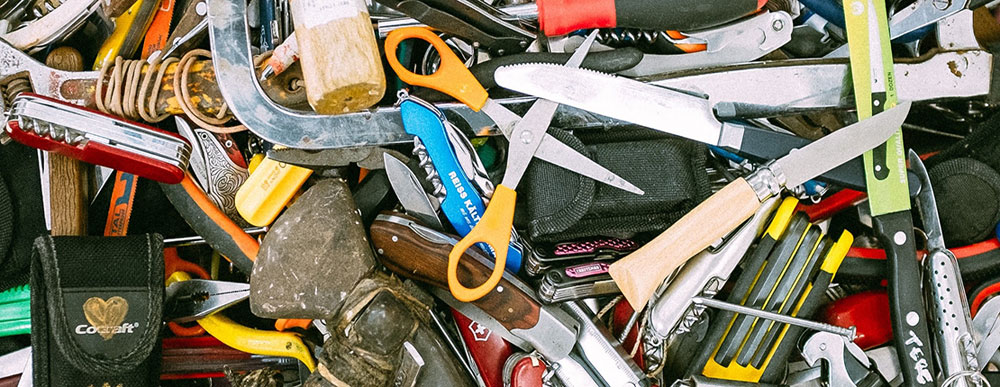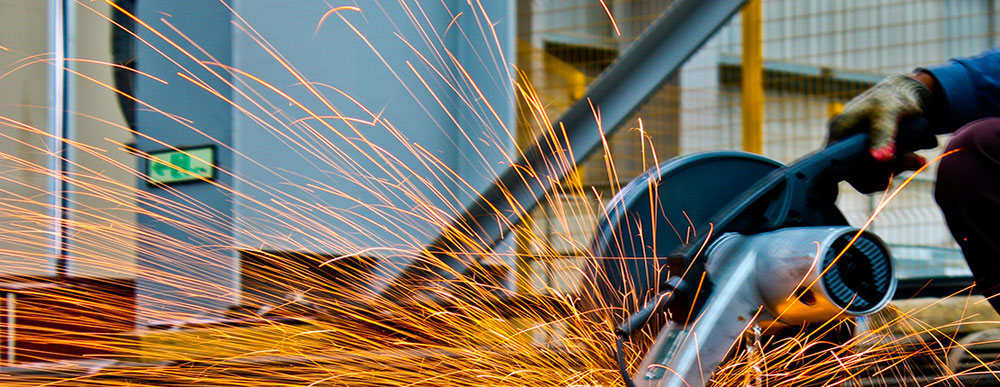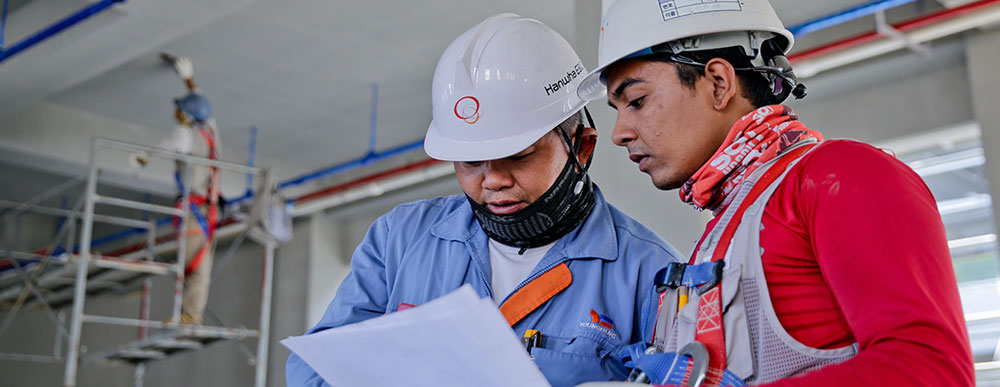Just like most jobs and companies, when working in manufacturing, health and safety awareness is a big part of the job. From the basic fire exit doors to the equipment training, each staff member will go through training and awareness of everything on site. If you’re designated to a specific area or job, you will also have personal and in-depth training to ensure you know what to do if anything goes wrong and how to stop this from happening.
Our machinery and equipment go through rigorous testing and maintenance to ensure everything is in working order. There are also standard health and safety procedures in place and plenty of risk assessments to make sure we’re meeting all the standards and know how to use both hand tools and power tools.





